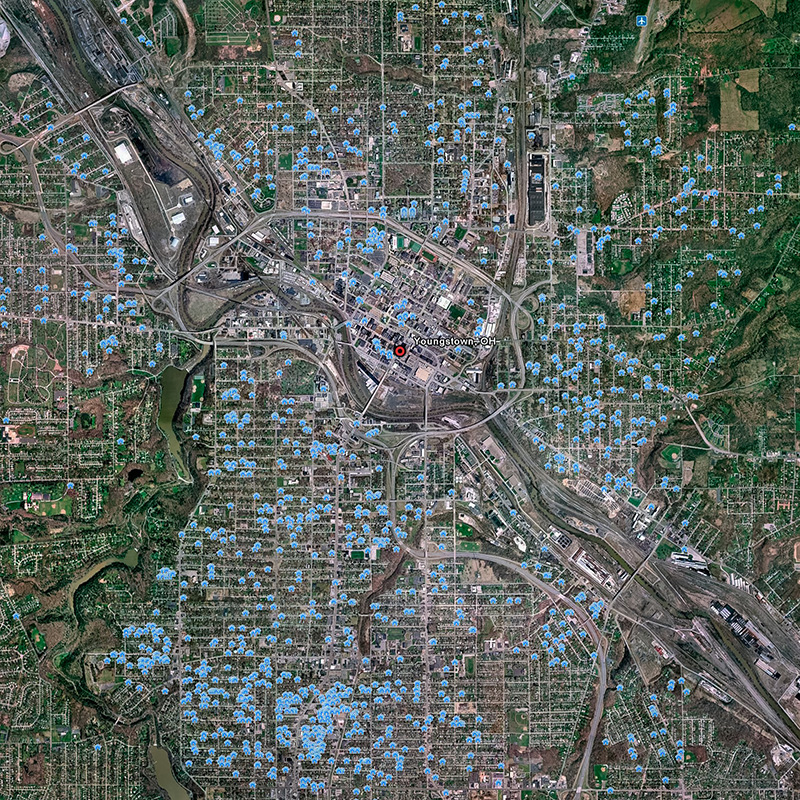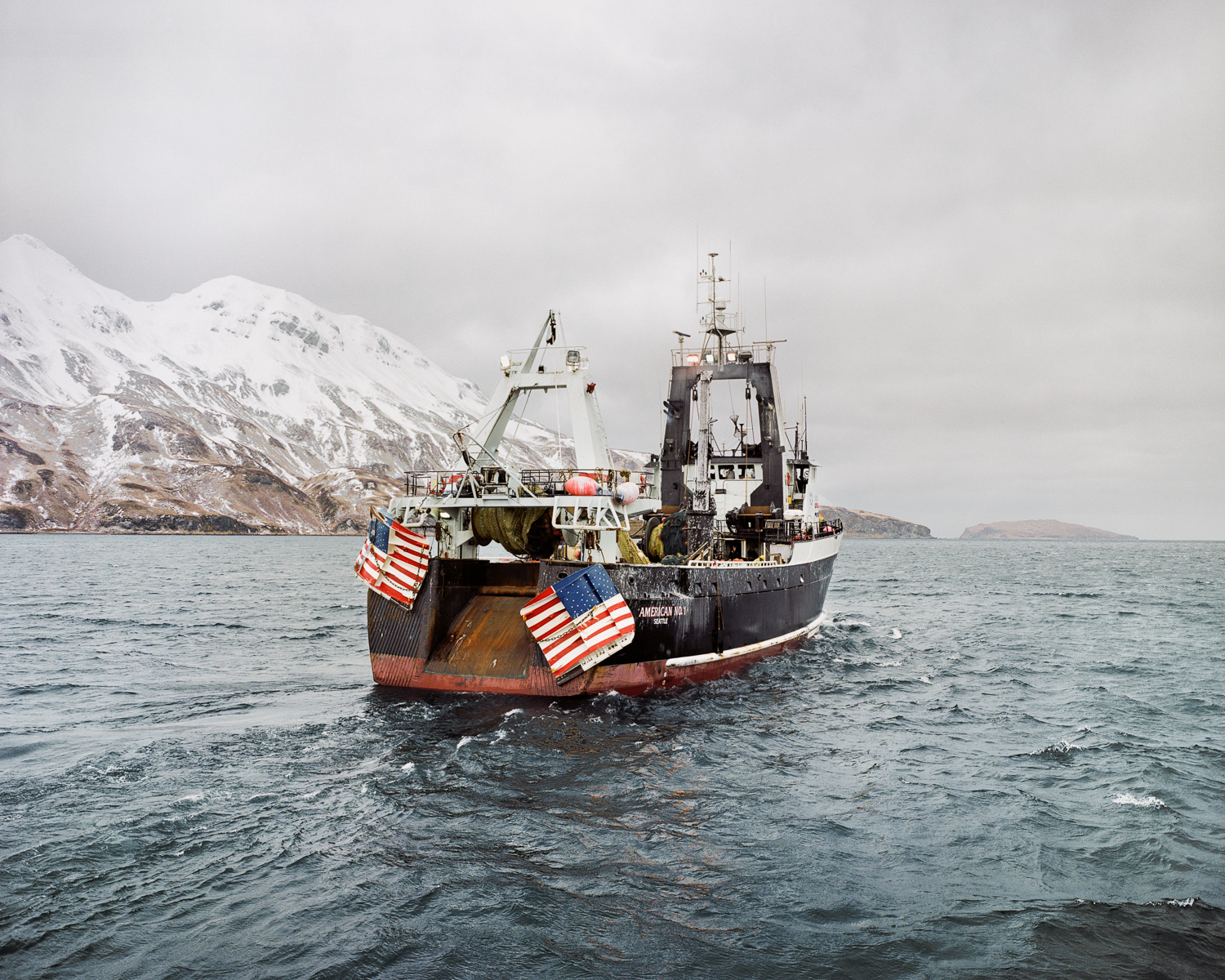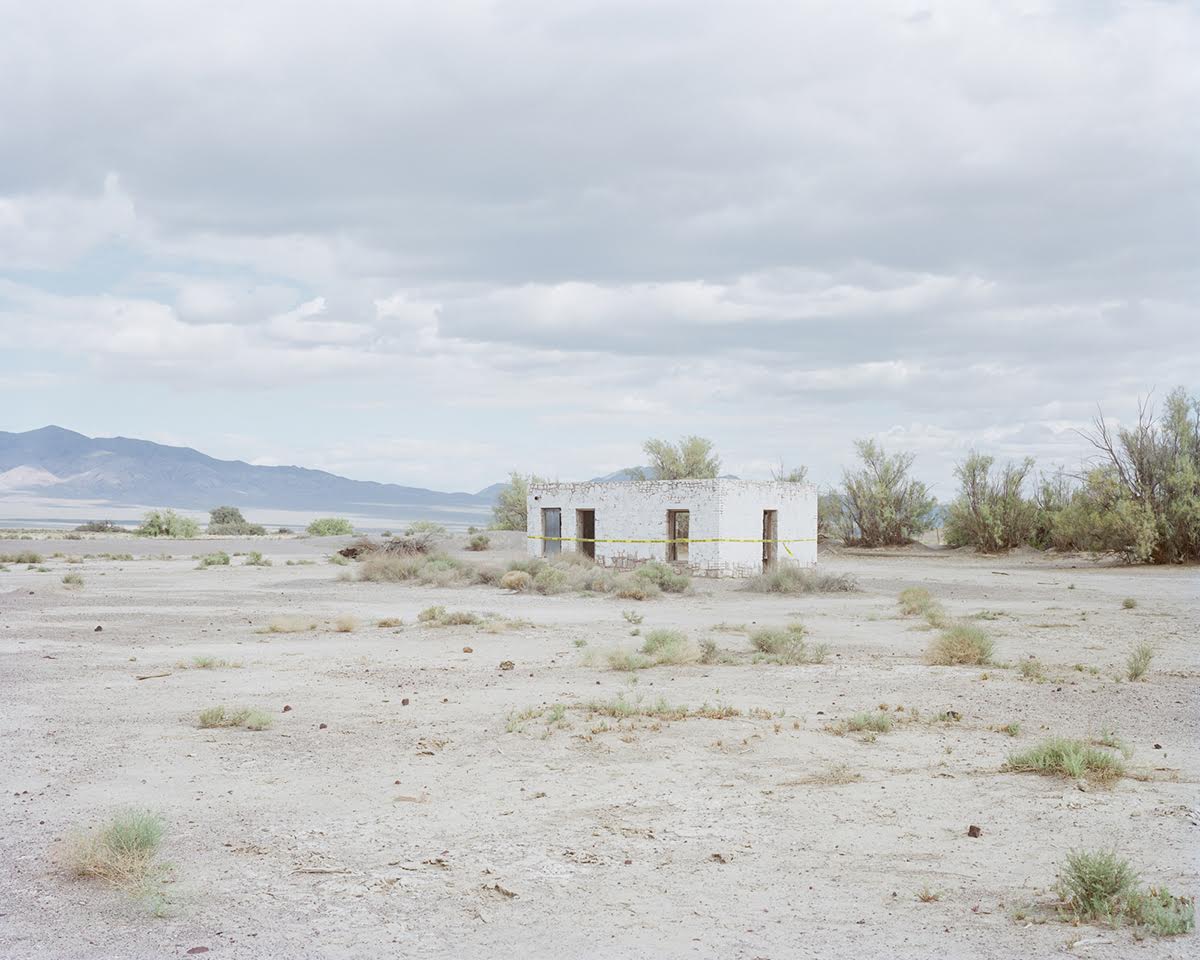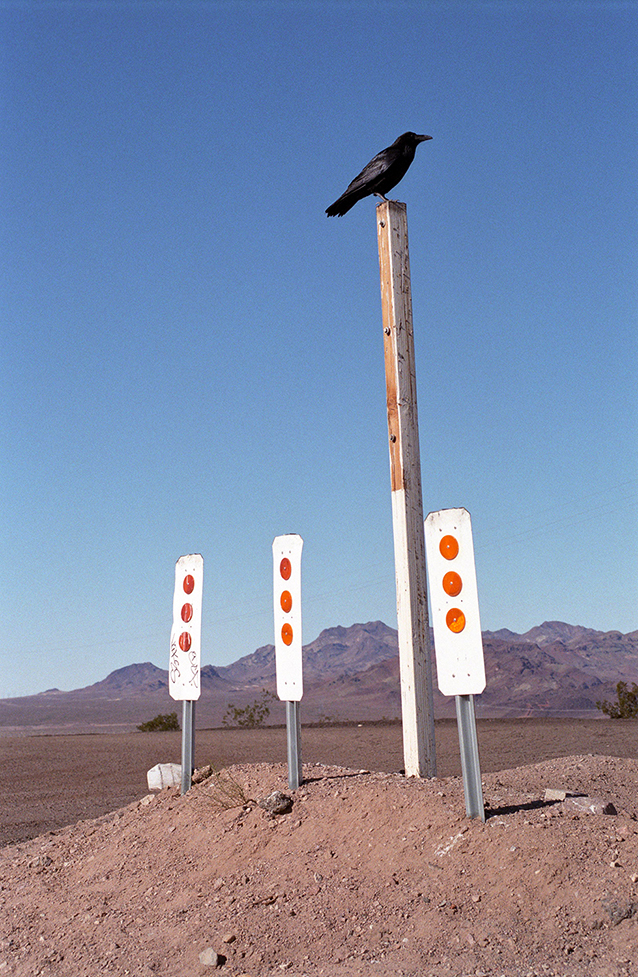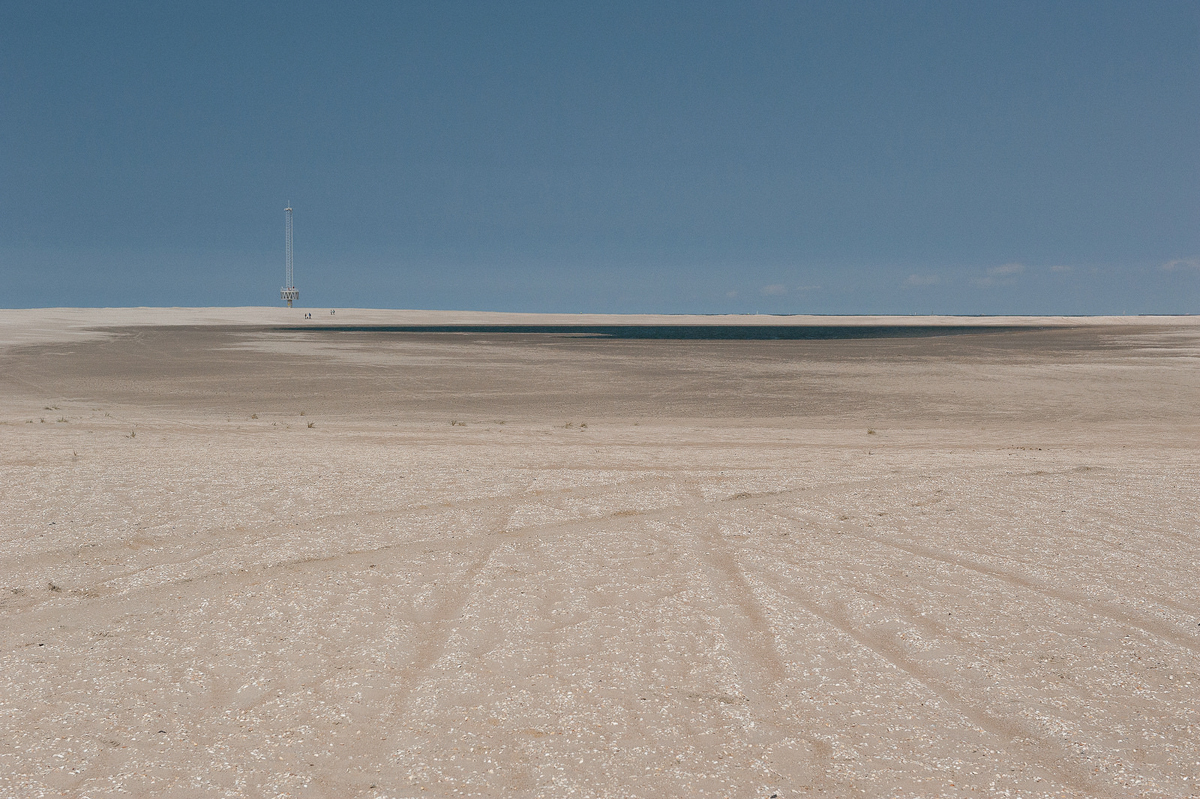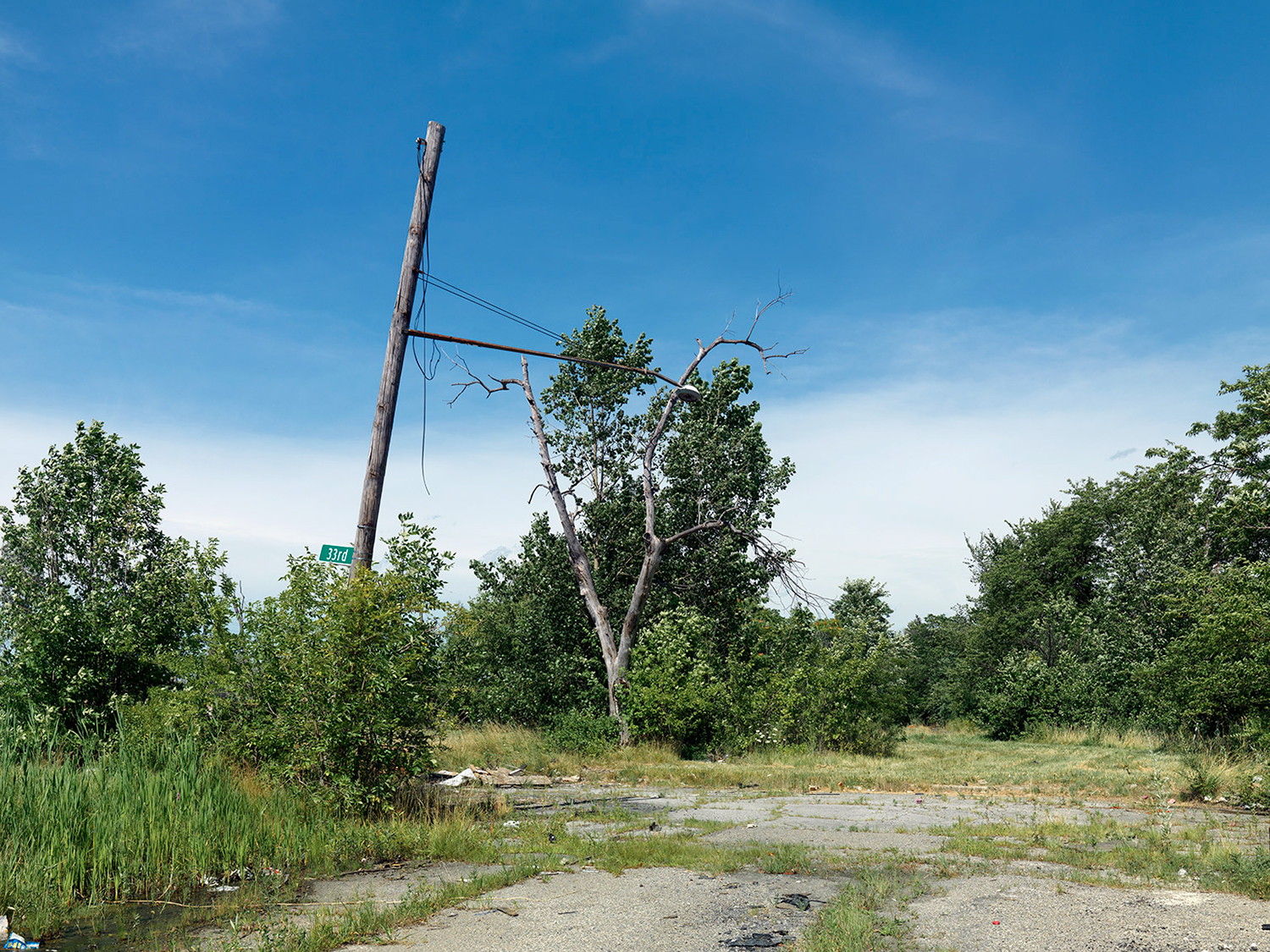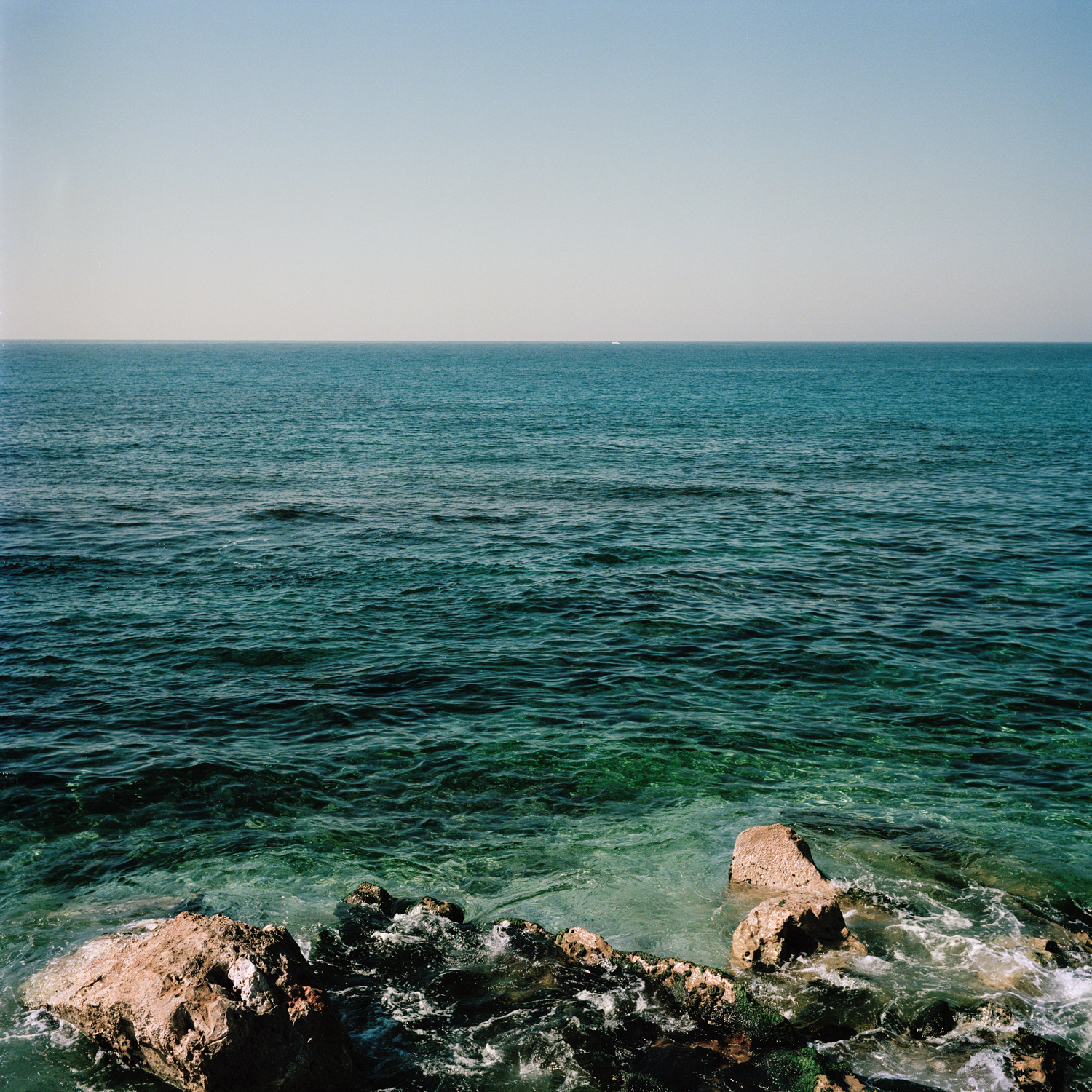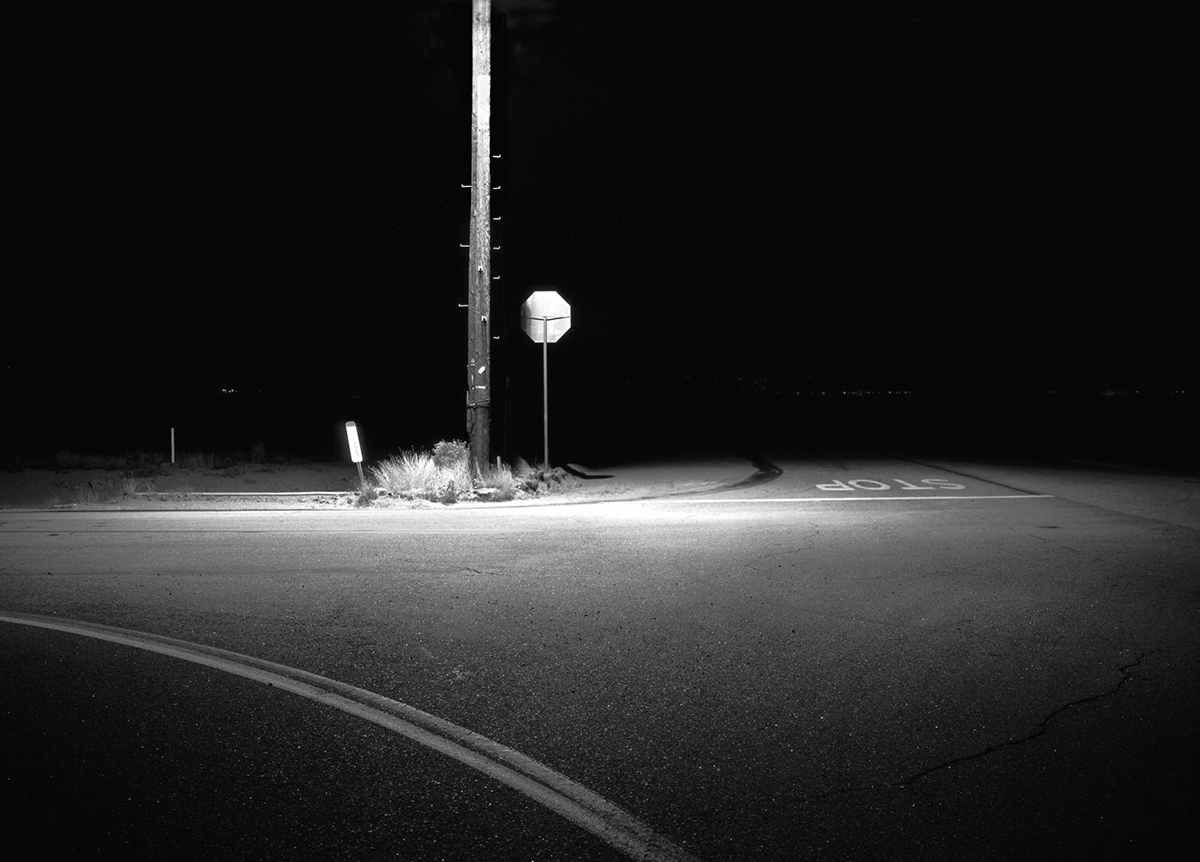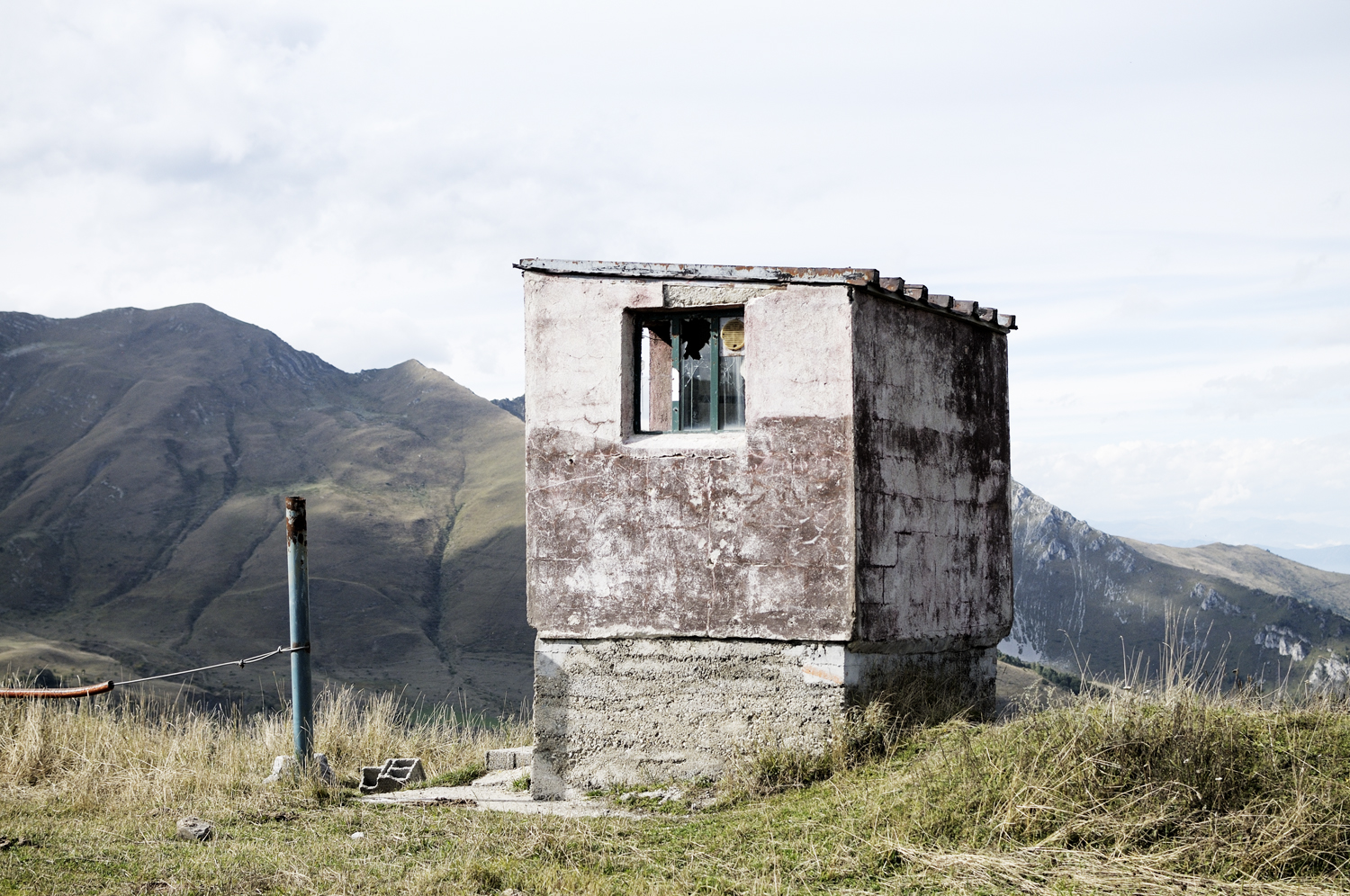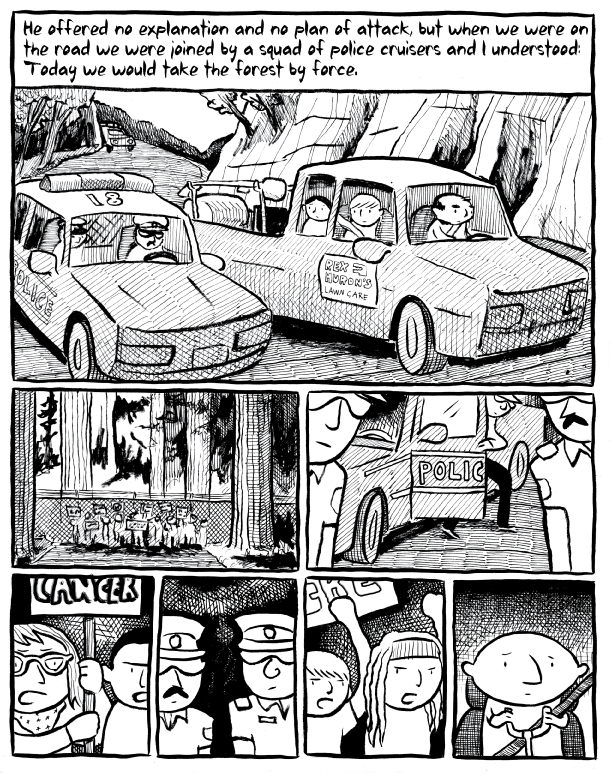Written By: Ryan Nemeth
Dave Imus is no stranger to place as he and fellow cartographer Pat Dunlavey produced a masterpiece of a map titled, “The essential geography of the United States of America.” Working in two-inch sections at a time, the map took Imus two years and roughly 6,000 hours to complete. The end result earned Dave Imus cartography’s highest honor, the Cartography and Geographic Information Society’s (CaGIS) Best In Show Award for 2010. As the matter of fact, Imus has earned this distinction on four separate occasions over the course of 20 years. Thus, making him America’s most celebrated mapmaker.
What does it say for the state of mapmaking when a two-man team of cartographers is capable of producing maps that exceed efforts from the Central Intelligence Agency, the U.S. Census Bureau, and National Geographic? Clearly, there is no question that Imus is a gifted cartographer and that his maps should be celebrated. However, his accomplishments could easily lead one to question the efficacy of both geographical systems and geographical knowledge at the institutional level in the United States. Yet, another assessment of the situation is that these institutions simply lack the design sensibility, aesthetic training, and coinciding design skills necessary to produce detailed high quality maps. In fact, if you were to ask Dave Imus about this topic, he would tell you just that. In an interview, he stated his concern, saying, “We lack basic and necessary geographical information here in the United States.” In probing Imus about this assertion, he attributes much the problem to the quality of mapmaking here in the United States. The end result is that Americans lack good contemporary maps and geographical resources that are widespread and available. I should mention that Imus has devoted his life to being a part of the solution, as his life’s work pushes American cartography in the direction of both science and art.
For Imus, it is evident that the occupation of cartography is as much design as it science. Thus, Imus is concerned as much about the layout of the information in his map as the geographical content and information contained within the map. Both components are necessary and critical elements of a good map. In fact, much of Imus’s self-proclaimed competitive advantage may be found in this attribute. Imus explained that good mapmaking comes down to “clarity”. Thus, it is implied that what might be lacking in most contemporary institutional and corporate maps is in fact this, “clarity”. Via modern technology, cartographers possess the capacity to generate the needed scientific and geographic knowledge within a map like never before. However, what Imus suggests is that both the distillation and articulation of this information is what sets a good map and bad map apart; herein is the “art” of mapmaking.
It just so happens that Dave Imus lives an hour and half south of me outside of Eugene, Oregon. So who wouldn’t want to hop in the car and drive to a farmhouse in the middle of grass seed country to talk cartography, geography, and renaissance? Yep, this is exactly what I did! Here is the interview that transpired with our celebrated American mapmaker:
Ryan: Dave, I appreciate you taking the time to meet with me to elaborate on the art of map-making. Let’s jump right into the subjects of geography and cartography. I know that you have commented extensively on discrepancies you observe between American’s and European’s knowledge of geography. What do you think the difference is in the level of geographic knowledge between the two continents?
Dave: I have a lot of thoughts on this subject! Europeans have had access to maps of general geography for over 400 years. Artistically, European general geography maps are on par with American botanical and medical illustrations. Similar to botanical and medical illustration, mapmaking is a science-based art. However, in the United States mapmaking has not benefited from the artistic treatment realized elsewhere, such as Europe, or more specifically in Switzerland, where cartography has exceled.
Ryan: Do you think this geographical deficiency has something to do with technology and a move towards more automated map-making processes? Is it a process problem or something beyond?
Dave: It’s a process issue. I think most of the difference in quality and expression between European and American maps stems from our dissimilar cartographic origins. European mapmaking started 400 years ago and was valued for its geographic expression. American mapmaking started more recently as an expeditious representation of data. For example, Rand McNally’s first maps were railroad maps that they made to promote rail travel. These maps benefited Rand’s primary business, the printing of railroad tickets.
Ryan: It is evident that maps could easily aid business interests, especially for businesses involved in infrastructure and transportation industries. Our current satellite imagery might be no different? It seems that the widespread availability of satellite imagery has also spawned many new business ventures with commercial mapmaking interests.
Dave: Are you old enough to remember free maps at gas stations?
Ryan: Barely! I think we paid a quarter or so for these maps when I was really young. However, these paper road maps were always something to wrestle with during a road trip. I remember my dad opening those maps up and it felt like an air bag had been deployed in the car.
Ryan and Dave: Hah Hah.
Dave: These free maps serve as really good examples of commercial maps that are very pedestrian in nature. However, they were never intended to be maps of geographic expression. This being said, we do need aids to navigation, therefore there is a place for navigational maps such as Google maps. However, if you want to understand the land rather than just move through it in space, you need maps with much more expression and concise geographic information! In fact, I think widespread geographical literacy is impossible without quality resources that portray basic geography.
Ryan: I feel like more and more my generation seems to be traveling in space without a keen awareness or interest in place or our surroundings. Most of the time, the question is how do I get from point A to B as fast as possible? We are definitely a generation that relies on computer-mapped routes as a primary means for our navigation. What might we be missing out on?
Dave: I think what you describe points to a general lack of appreciation for basic geography. This simply is a lack of appreciation for basic characteristics of the land. It is possible that we need to approach geography from a wider vantage point, such that geography is enjoyed rather than being merely employed as a tool to serve our needs. Seen through a geographic lens, the land is a thing of great beauty. In fact, observing attributes of land and admiring basic geography should be similar to noting the beauty of flowers. The more closely we look at flowers, the more beauty we see. The same can be said of the world when viewed through a geographic lens.
Ryan: Great point! I am going to switch topics here. What are we doing to make our maps more expressive? Has mapmaking evolved and how is the commercial side of the industry progressing?
Dave: Take for example a big mapmaker like National Geographic; they are currently producing revisions of essentially the same map they have made for a long time. The shaded relief components of their current maps are their old hand drawn shaded reliefs. I should mention that these are not science based shaded relief sections. In fact, they are highly impressionistic in nature!
Ryan: And the National Geographic map has looked like this for how long?
Dave: I believe that National Geographic’s map of the United States is based on a design that they have employed since the 1940s. This was an era in American mapmaking when we were not concerned with producing high quality products. Thus, I see National Geographic’s maps as the geographic information equivalent of a 1971 Oldsmobile. Unfortunately, these maps are still sold commercially and I believe they are the reason Americans continue to suffer geographically.
Ryan: Wow! This begs the question, what can be done about this? Do we possess the skills to change the quality of our contemporary maps here in America? Or better yet, could there be a renaissance in mapmaking here in America?
Dave: Oh there will be, this is my goal and has been for a while! I feel that given the arc of my career that I am in a position to help influence a new direction in American mapmaking. I hope that my maps are already doing this!
Ryan: What are some of the barriers that exist that prevent us from taking a new direction in mapmaking?
Dave: In my case, I feel that my maps are not understood. To my map-making colleagues, my maps look like just another map. Not too long ago, the head of cartography at the Smithsonian reviewed the Essential Geography of the USA, the map I produced that won the CaGIS award. His review was obtuse; it was evident that he totally misunderstood that he was reviewing the first general map ever made of the United States of America. This map was made to an artistic standard that American cartography does not embrace.
There are a lot of great mapmakers in America, but they are not great artists, they are great scientists. For example, medical illustrators are trained in medicine and then they are trained in the art of medical illustration. Cartographers are trained in geography and the science of cartography, but they are not trained in the art of geographic illustration, which is what cartography is at its heart. American cartographers go out in to the world with scientific skills, making them scientists, not artists. Because they are not artists, many cartographers do not understand the value of spending 6,000 hours on a map. To many of my peers, but certainly not all of them, they believe the amount of time I spend making a map is mystifying. However, to me, maps are worth the time and effort. I see huge potential to have a geographically engaged society through these efforts!
Ryan: So in parting, how do we get there, how should cartography proceed and what should change?
Dave: For a long time, I believed geographic literacy would benefit if cartographers placed greater value on design. Now, I believe we need an entirely new movement in cartography that is artistic at its core. The ultimate solution would be to train cartographers in geography and the art of cartography, without much attention paid to technology. A solution could be found in academic training and generated by implementing design oriented cartographic curricula. Currently, there are many barriers as our cartography curricula are still driven by industry standards that do not embrace artistry. Also, I believe that there needs to be a second mapmaking society in the U.S., one that focuses on cultivating art and design in the profession. This is what the industry should pursue if we hope to produce high-quality geographic resources for the American public.
Ryan: It sounds like we could really benefit from change in the industry, I am all for it! Additionally, thanks for taking the time to share your thoughts. This has been an enlightening discussion!
You can find Dave Imus and his amazing maps here: imusgeographics.com

